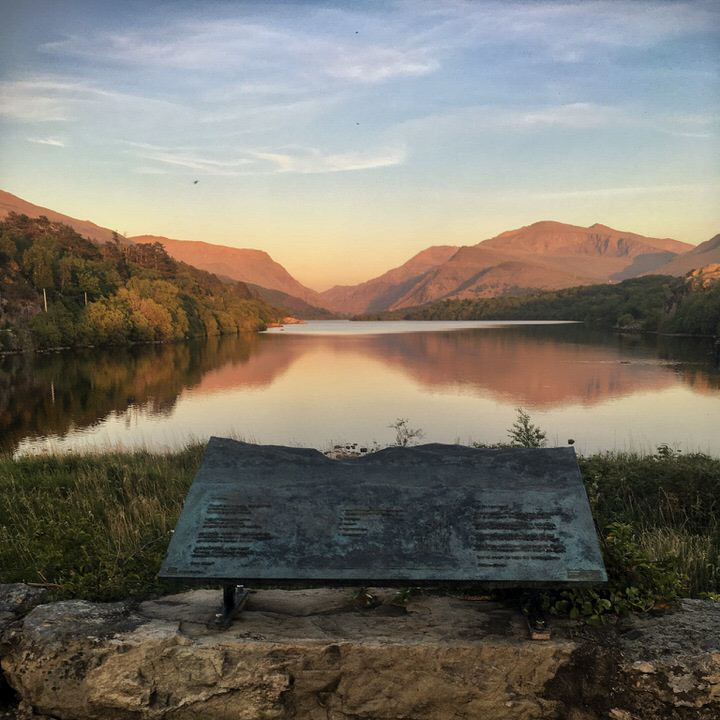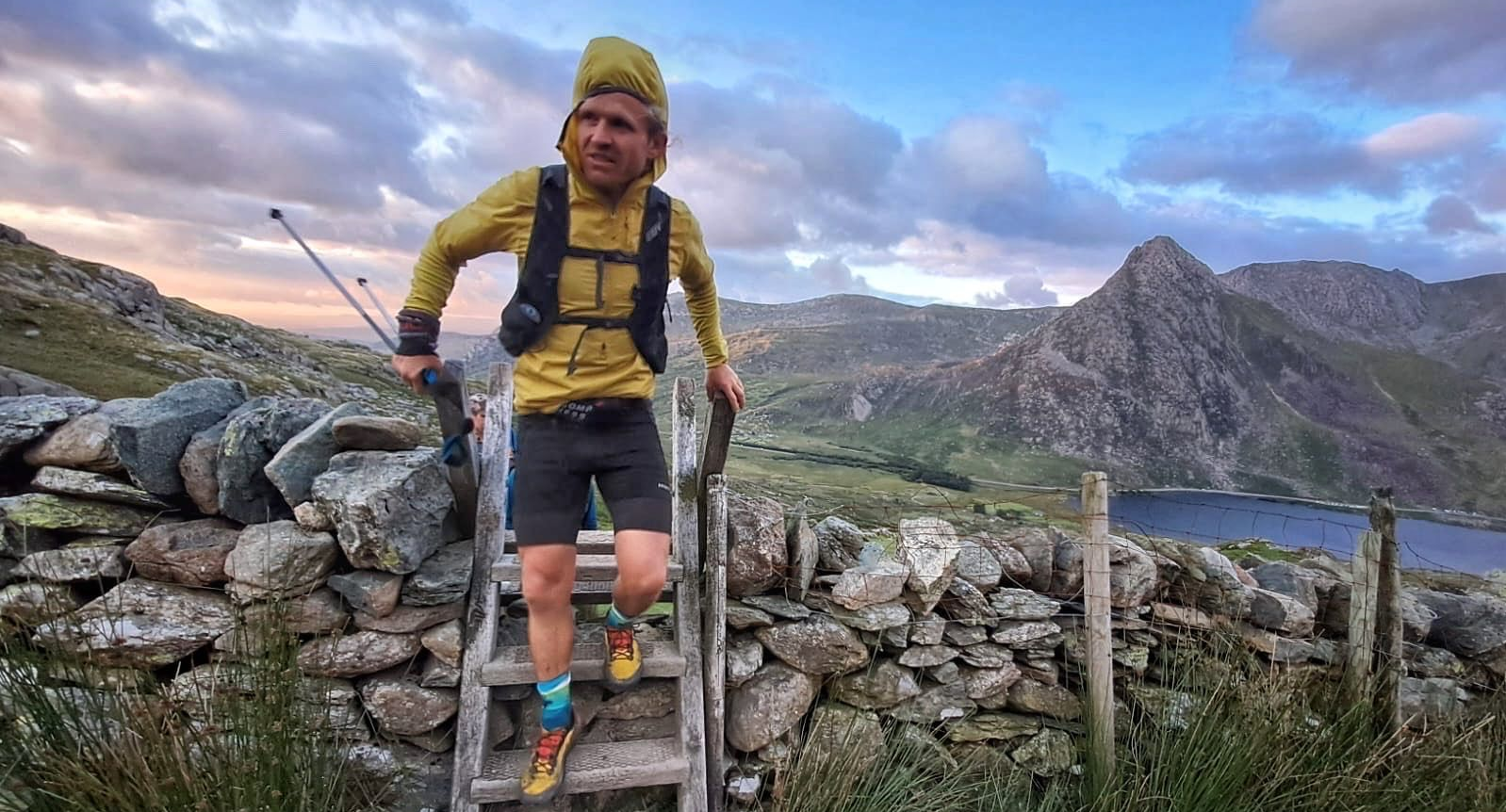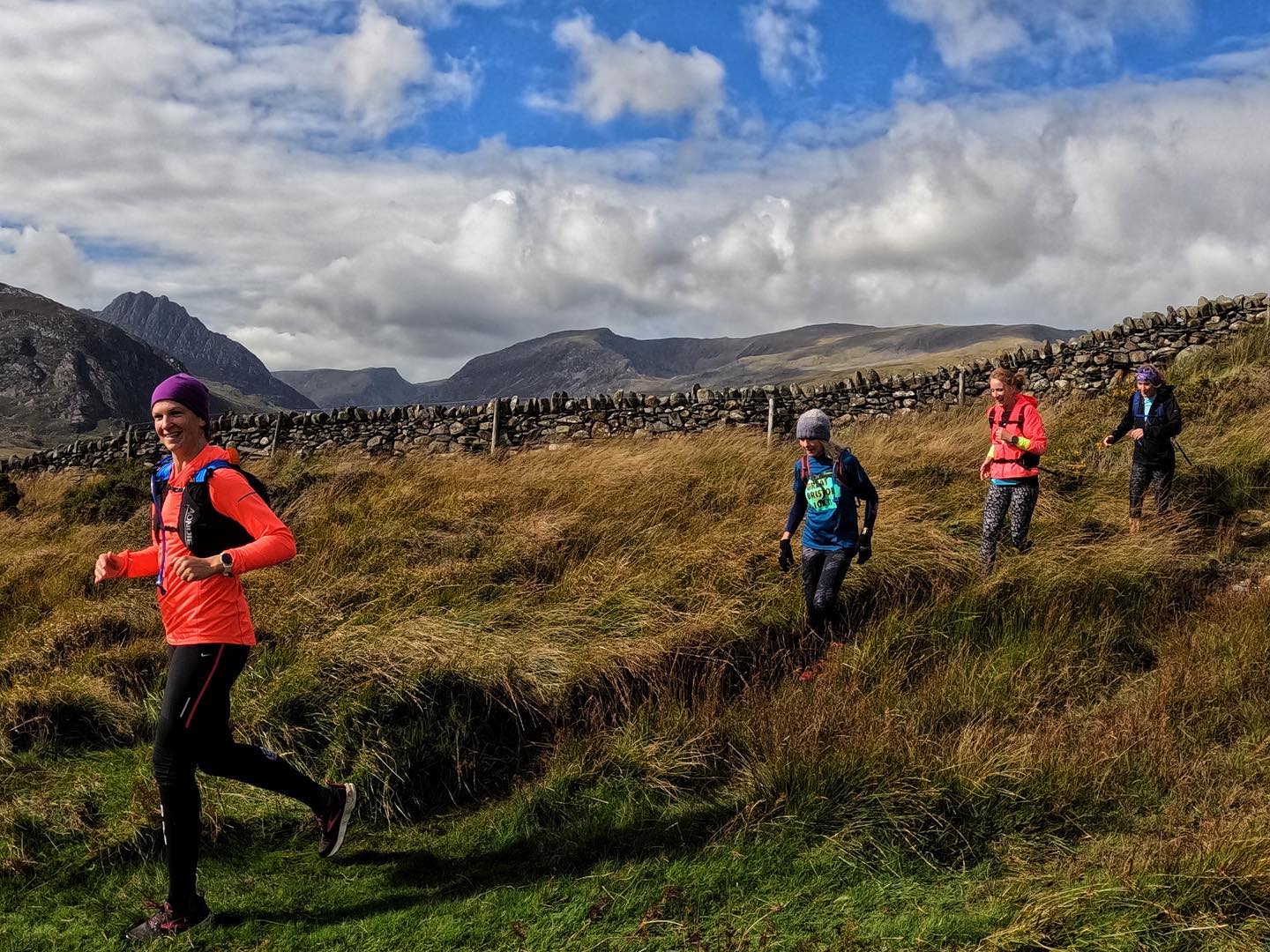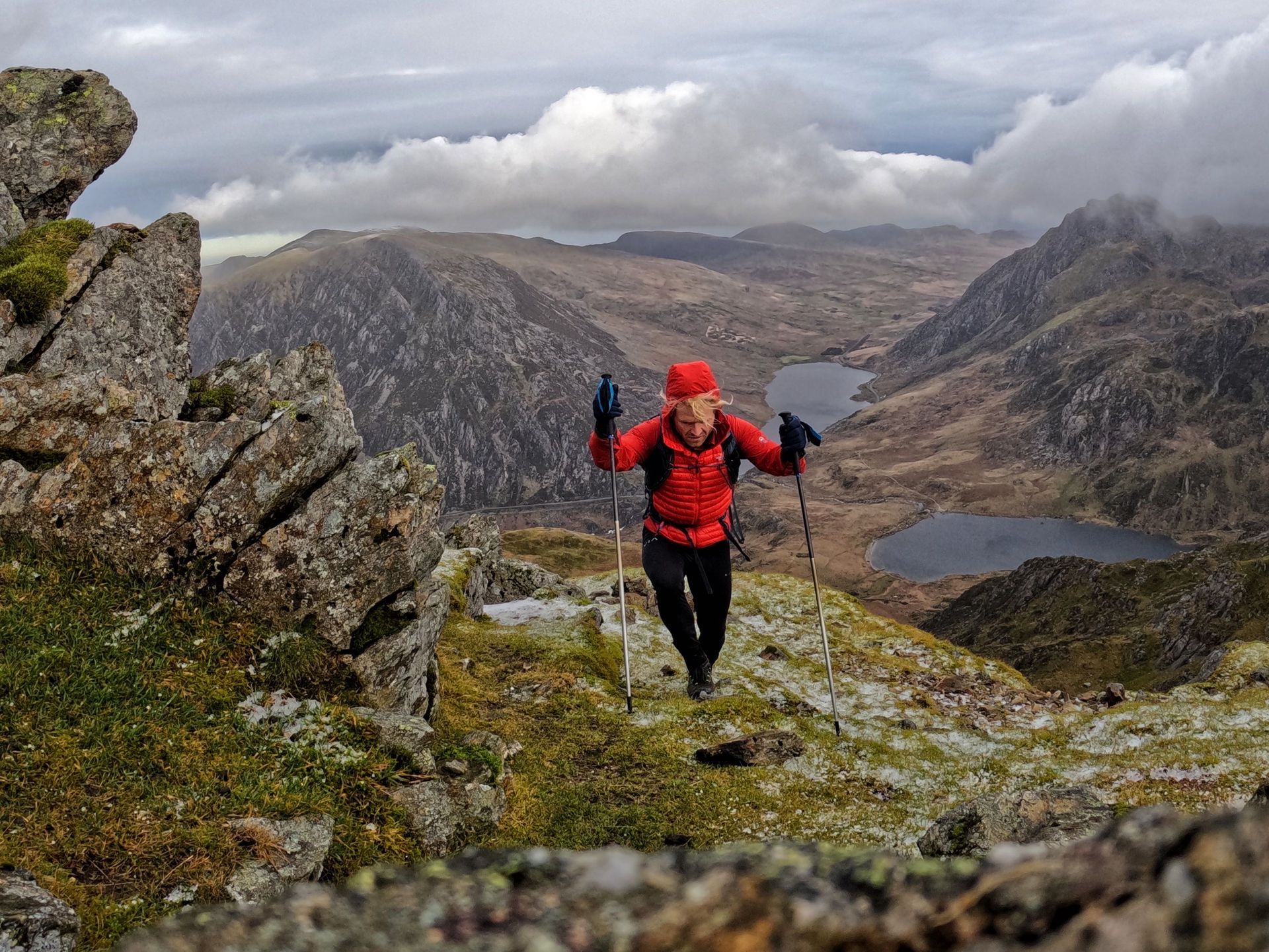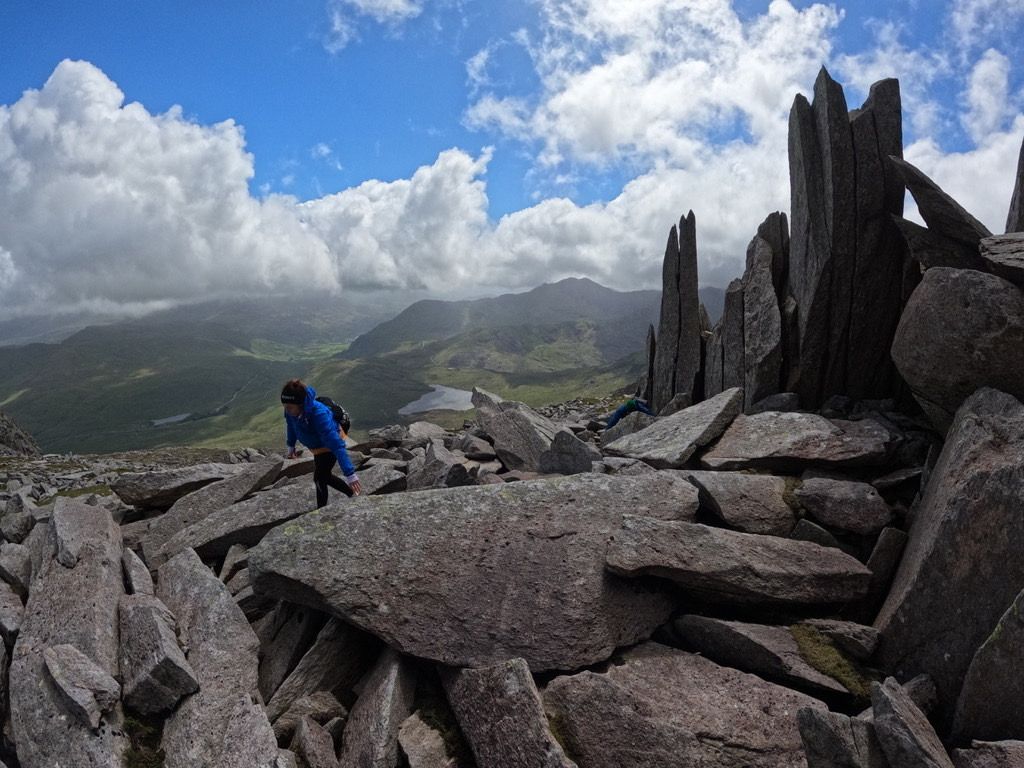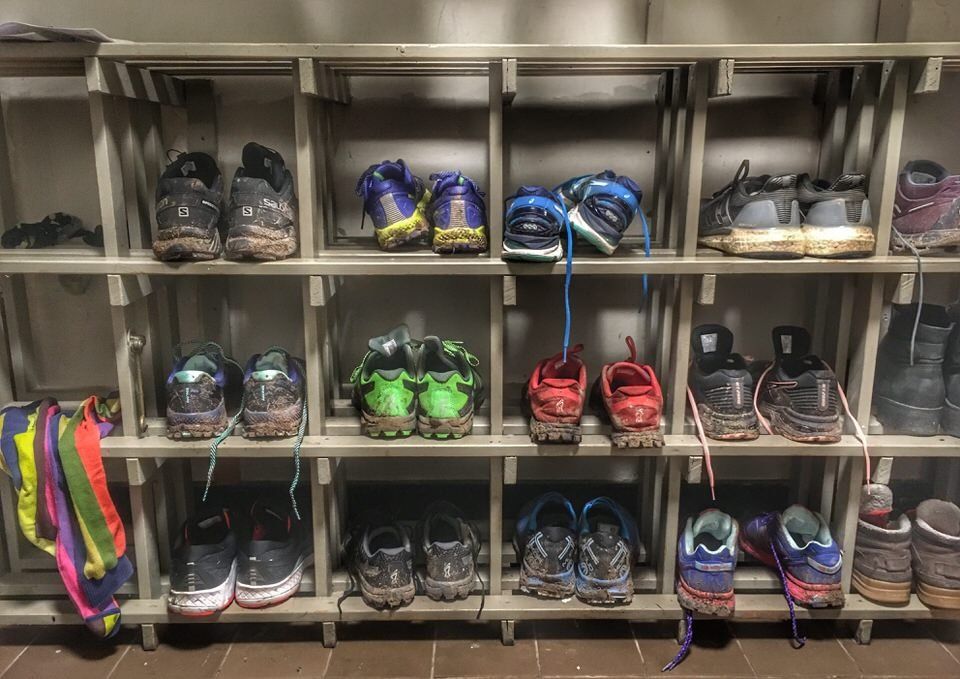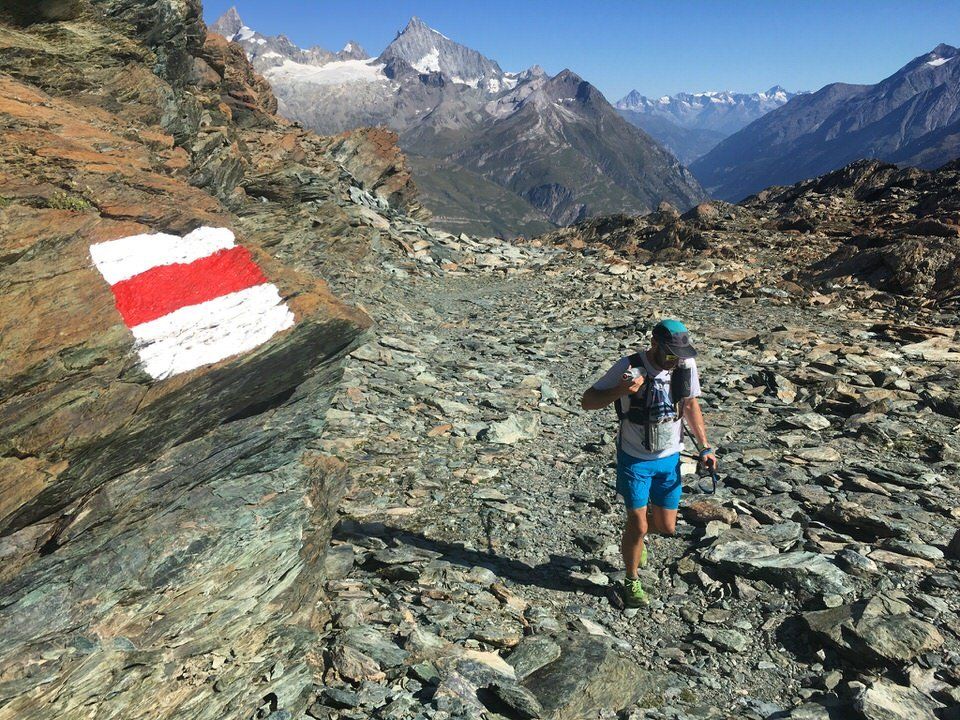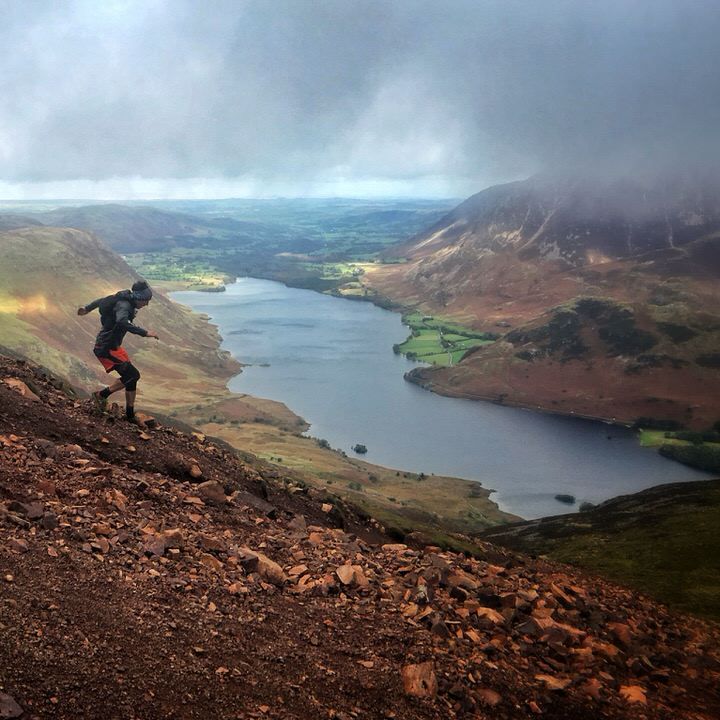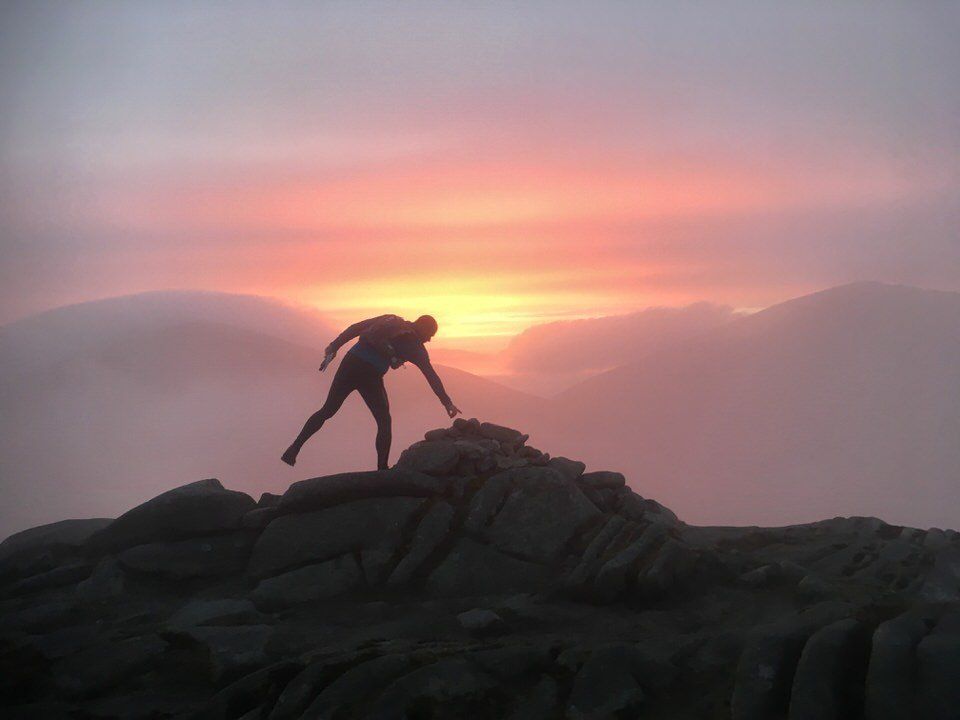Mountains of Mongolia
“There is no reward without risk,
I can’t imagine living without it” -
Blaine Smith
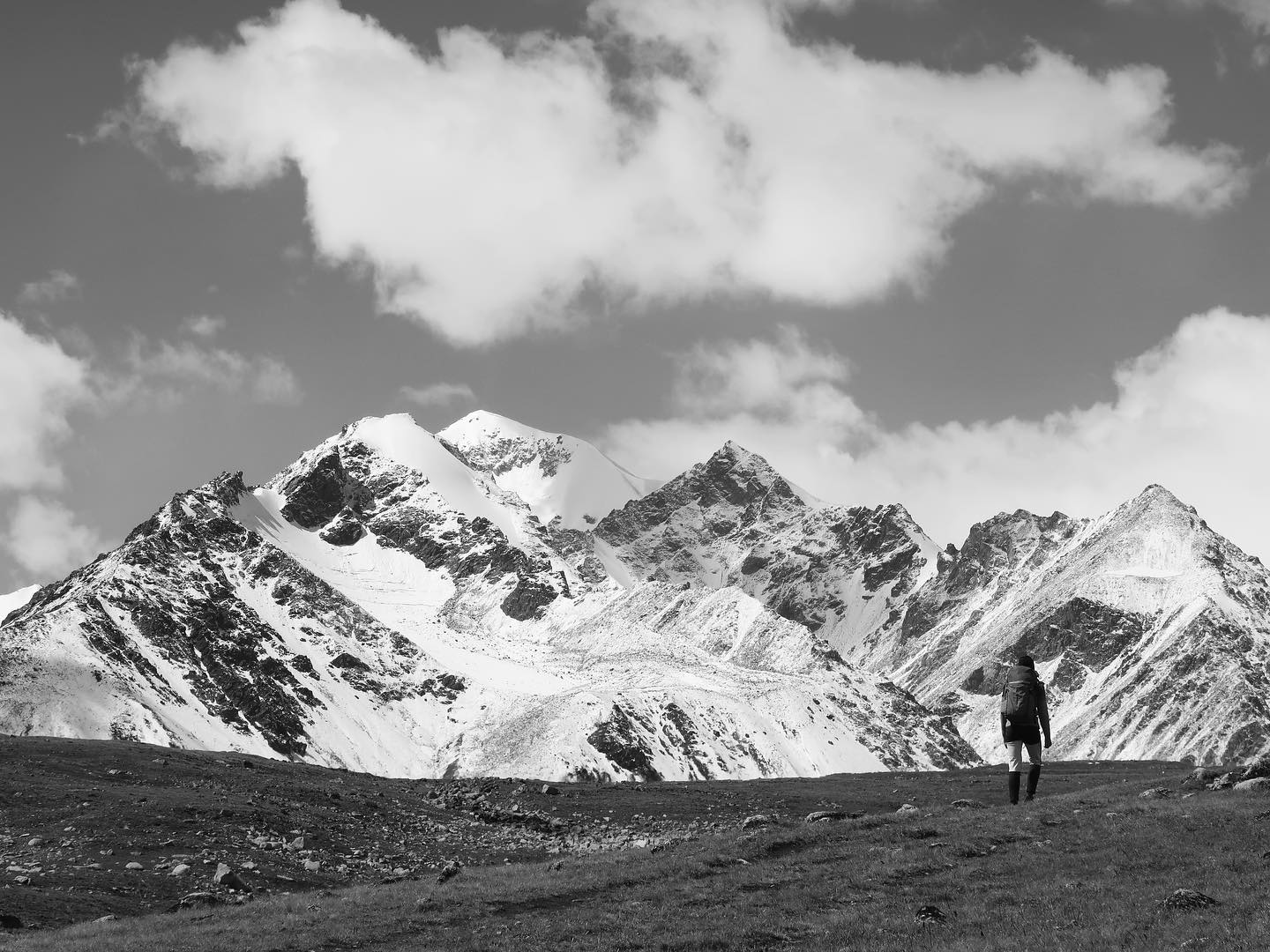
Standing on the summit of Khuiten Uul, Mongolias highest mountain at 4,373m, breathing heavily after breaking trail through fresh powder on the upper slopes, I pause and take in the view of endless mountains stretching across China, Russia and Kyrgyzstan. As the sun heats my face and a gentle breeze brushes against my neck my mind wanders thinking about the fresh snow where I am stood, the journey its going to take, a journey through cycles of freeze / thaw, bonding itself to the snow pack. Through pressure and downward movement it will join the existing Pontanin glacier where it’s progress will slow, hundreds of years might pass as the elastic ice flows with gravities force down the valley before one day warming and melting, changing its form yet again and becoming a liquid that is so vital to sustaining life. It’s speed down the valley will accelerate past the vast plains and grassland steeps where grass and plants flourish, where livestock and nomadic families utilise it for survival, finding the path of least resistance and flowing past Ulgi, the regional capital of the Altai mountains where our journey began.
Flying into Ulgi at 1,700m in the extreme West of the country, the importance of the flowing Hobda river is all too apparent with the only green in the otherwise desert landscape within a few hundred metres of the river. Communities have long based themselves near water for obvious reasons especially in harsh environments and Ulgi, with its colourful tin roofs, has grown from an ethnic Kazakh village, before the founding of the modern nation of Mongolia in 1911, to a growing post communist city that is benefiting from a construction boom bringing many new apartments, restaurants, shops and hotels.
Our onward journey deeper into the West of the country was with a Russian UAZ van that is designed for dust roads and tough driving. The bumpy overland “roads” weaved along vast flood plains, over mountain passes adorned with blue prayer flags, for the sky gods, along grass steeps and glacial valleys following the river to the Altai range. Along the way we passed small ger (yurt) settlements, wild horses, camels, herds of yaks and workers cutting and storing the grass that will provide the feed for the animals during the long Mongolian winter.
Arriving at the local village at the head of the Tavn Bogd national park, we were welcomed by the elder of a small ger settlement. Wearing a traditional deel, worn since centuries ago, a colourful long jacket that is wrapped around the whole body made of cotton, the weathered man who’s age it would be hard to gauge with strong hands and an air of experience welcomed us into his family’s home. The gers are dark but cosy, simple but comfortable and a warm stove based at the centre is used for all the families cooking, utilising dried manure as the fuel in the absence of wood. As is customary we were given delicious warm salted yak milk tea, fried flat breads and hardened milk curd, a favourite of small children for 1000’s of years.
Moving up to base camp (2,900m) involved a gently rising 16km walk alongside twin humped camels led by a local herdsman carrying our mountaineering and camping gear. We walk along the white river, named so as its waters stem from the glaciers above, transporting the water down to the communities below. The colours along the river had vivid autumnal hues that contrasted beautifully against the deep blue skies, grasses on the hillside turned yellow by the approaching winter with deep red pockets of Pallas (Rhodiola quadrifida) sweeping across the hills. We passed endless marmots as we ascended that whistled their altruistic warning cry to the madness of marmots in the area while black kites soared above hunting the beautiful playful ground squirrels that chase each other in pairs darting into their burrows when the shadow of the kites swept across the floor.
Having gently acclimatised over the three days getting to base camp, a quick climb to an unnamed peak (3,884m) and with a good days weather forecast we decided to make an attempt on the three Saints surrounding the vast glacier, covered in deep scars caused my melt water and crevasses. Buried under the snow, the Tavn Bogd Mountains divide Russia, China and Mongolia with the highest peaks being known as the Saints which rise to above 4,000m.
Rousing from a deep sleep, putting on every layer to keep warm in the cold night, the first hours in temperatures below -15 degrees go by in a haze walking along the side of the huge moraines that describes where the glacier once sat. After an hour we started to rise over endless scree on the first mountain Manchinn. The darkness thankfully hid the route ahead which is a slog of 1,127m over broken rock until finally the first snow was illuminated by light coming from the East which coincided with us roping up.
Sunrise, the golden hour, alpenglow, that time when I feel so connected with the mountains and nature. The extreme darkness is first broken with faint hues of pinks appearing on distant ridge lines, as the earth rotates further these are followed by growing oranges and finally an intense gold as the sun appears on the horizon bringing much needed warmth to our feet and hands and our first Saint at 4,027m.
We moved down the North West face, along a long snow and rock ridge towards the second Saint, Nairandal or friendship peak where you are able to stand in Russia, China and Mongolia at the same time. With temperatures rising we kept the momentum going dropping back to the glacier instead of continuing along the ridge due to a huge cornice that looked ready to collapse along the intended route.
After a short refuel we tackled the final peak of the day Khuiten Uul (4,374m), Mongolias highest mountain. Giving the large crevasses at the base of the face a wide berth before the mountain rears up with steep snow / ice for a coupe of hundred metres past 3 rock bands. With tiredness setting in we dug deep during the final summit push breaking trail through fresh powder with the affects of altitude all too obvious. Thin air means less oxygen is available to be absorbed into the bloodstream and the direct sun radiation from above and reflecting off the snow was uncomfortably warm and forced us to breath deep and take our time as we continued to our final summit, our final Saint.
On that final top, after completing such a big traverse, we were tired and happy as we reflected on a shared experience in the mountains that will endure in the memory. Thinking about the snows quicker journey down to Ulgi than centuries before brought a degree of sorrow. In 24 years the view of the glacier stretching all the way back to basecamp will be no more and the ancient ice will be lost forever, lost to the sea adding to its ever rising level. The Pontaniin glacier is melting at a staggering five metres per year which has a knock on effect at a local level reducing the stability of river systems that communities in Mongolia rely on. Glaciers help to regulate water supply by storing precipitation in winter and releasing it in the summer, but as they melt away over the next couple of decades, more downstream areas will first experience a surplus of water, then a shortage that may well affect the nomadic lifestyle of many of the communities we passed.
In addition to the Khuiten traverse of the three saints (40km, 2,000m height gain, 3 x 4,000m peaks in 14 hours we traversed unnamed peak 3,884m (East to West) as acclimatisation and undertook a long East to West route from the glacier floor, taking unnamed peak (3,723) and along to Ulgii Burged (4,068m).
Dean is a Mountaineering and Climbing Instructor in North Wales and you can follow his adventures on instagram using the handle @adventure_awaits_uk
